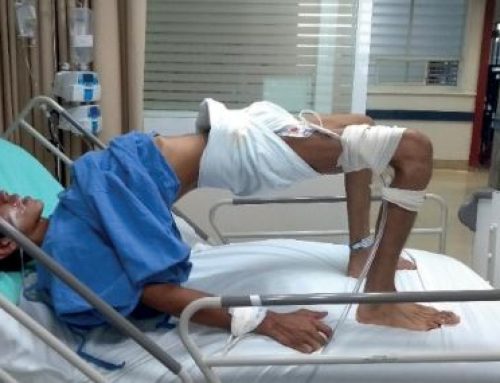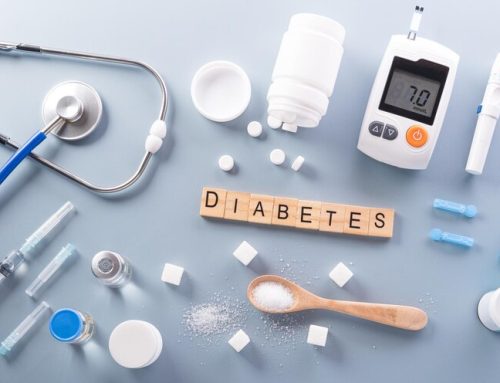Project Description
Author: Ali et al.
Summary:
Nowadays, the application of stem cell therapy is at the forefront of regenerative medicine. However, the current approach for burn injury treatment using autologous skin graft often results in significant morbidities including hypertrophied scarring, wound contracture, graft rejection, and chronic wound infection. Additionally, this approach does not cover burn injuries of any magnitude or location. Therefore, stem cell therapy to promote tissue regeneration in burn victims heralds a new era in skin damage and burn injury treatment. Thus, this trial aims to compare the safety and efficacy of mesenchymal stem cell therapy (bone marrow-derived and burn tissue-derived) in burn injury with autologous skin grafts for the management of acute burn patients. This single-center, open-label randomized clinical trial will be conducted in Sheikh Hasina National Institute of Burn and Plastic Surgery, Dhaka following ethical approval from the National Research Ethics Committee (NREC), Bangladesh Medical and Research Council. Local approval will be sought getting after the ethical clearance. A total of 150 patients (75 in each of two arms, arm A and arm B) with acute burn injury within prior 48 hours, age ranged ≥18 to 65 years, both sexes, involving 10-20% of the total body surface area within the prior 48 hours will be recruited in this study. The participants will be allocated through randomization into arm A and arm B, arm A (test arm) will be treated by surgical excision of the burn wound followed by application of bone marrow-derived stem cells, arm B (comparator arm) will be treated by surgical excision of the burn wound followed by autologous skin grafting. Randomization will be done using web-based randomization sequence. Masking will not be adopted. The primary endpoint of this trial will be wound healing at day 14. The secondary endpoints will be i) early and late complications at day 180; ii) duration of hospital stay in days and iii) aesthetic satisfaction of the patients. During hospitalization, the patients will be followed up daily up. To assess wound healing the wound bed will be examined and photographs will be taken before procedure and 14 days onwards. Aesthetic satisfaction will be assessed by Patient Observer Scar Assessment Scale (POSAS) Following discharge, a total of four follow-ups will be performed at 14 days, at 30 days, at 90 days and at 180 days of discharge. Collected data will be recorded in case record form (CRF). Statistical analysis will be performed by using the statistical software Statistical Package for Social Science (SPSS) 25.0. Summary of the key findings will be presented as charts and tables. The study procedures will be confirmed with the guidelines of the good clinical practice and the current declaration of the Helsinki.
Status: Ongoing
Full text link: Not available



